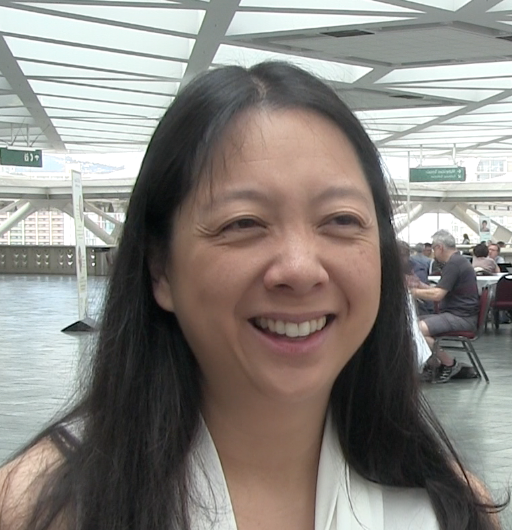Article
Jennifer Sun, MD: Why Ophthalmologists Need Machine Learning
Author(s):
The burden of ophthalmic disease is rising. How can ophthalmologists rise to meet it?
There are now more than 100 million Americans with diabetes or prediabetes, according to a recent estimate from the Centers for Disease Control and Prevention (CDC). That’s nearly 1 in 3 people in the United States. Globally, about 8.3% of adults, or roughly 415 million people, are afflicted with the condition.
Jennifer Sun MD

Jennifer Sun, MD
For ophthalmologists, the rising tide of diabetes globally means more cases of diabetic eye conditions like diabetic retinopathy (DR) and diabetic macular edema (DME). Soon (if it’s not happening already), physicians and health systems will be forced to tackle unprecedented levels of ophthalmic disease burden among the growing number of patients with diabetes.
That means they’re going to need some help. But there are big challenges standing in the way— physician burnout continues to plague providers and physician shortages loom larger and larger across health care every day. So what can exhausted health systems do to meet the needs of their patients?
For Jennifer Sun, MD, associate professor of ophthalmology at Harvard Medical School, the answer may soon come from the world of healthcare information and technology (IT). Big data, artificial intelligence (AI) and machine learning carry the potential to profoundly improve efficiencies in a notoriously inefficient US healthcare system. In certain cases, they already are.
The FDA recently approved marketing for the first AI device that can screen for DR. Several other automated machine learning diagnostic mechanisms are in the works, including one that can identify DR from retinal images with 97% accuracy, and another that can predict DR progression.
The ideals of healthcare IT haven’t been realized—at least not yet. There’s plenty of work left to do, and if recent history is any indication, it’s only going to increase with time. Still, there’s lots to be hopeful about.
Sun sat with MD Magazine to talk about healthcare IT’s potential to bridge the gap between efficient care and those who need it at the annual meeting of the Association for Research in Vision and Ophthalmology (ARVO) in Honolulu, Hawaii.
Get frontline clinical insights directly to your inbox.
Related Coverage >>>
Several Gene Therapies on Horizon for Retinitis Pigmentosa
Outcomes Worse with anti-VEGF than PRP in Patients Lost to Follow-Up
Artificial Intelligence Effectively Assesses Cell Therapy Functionality




